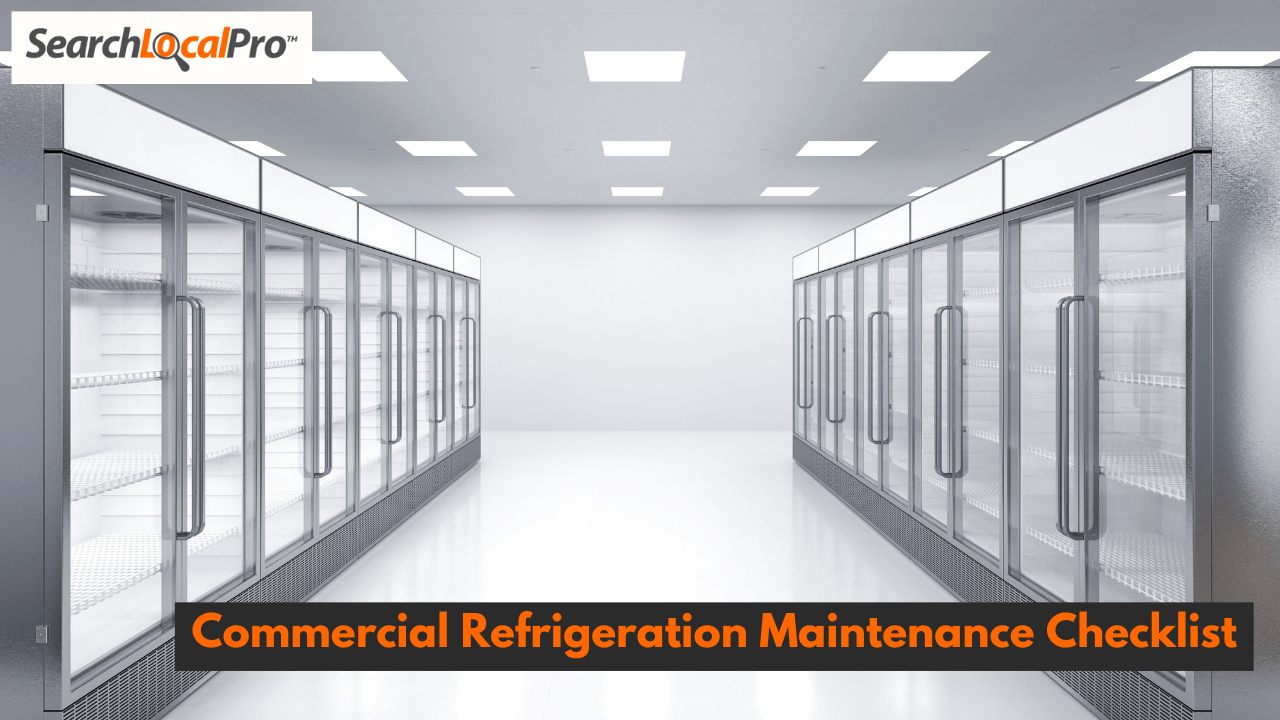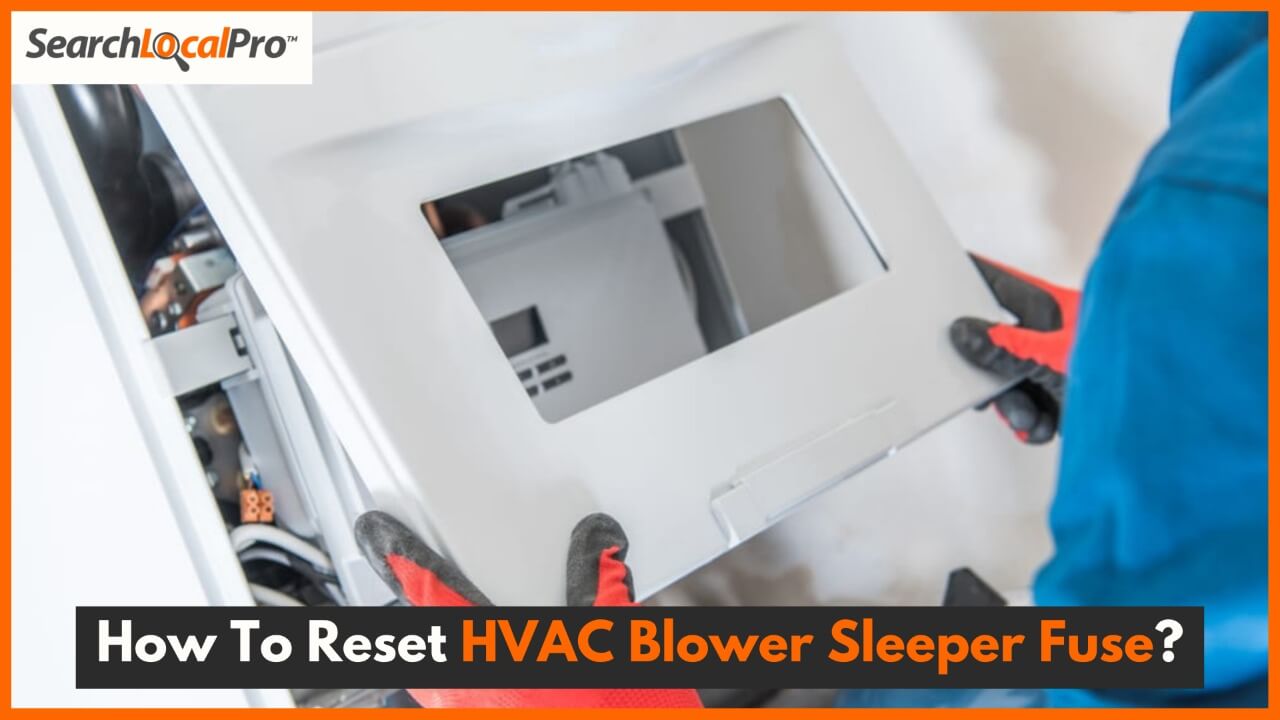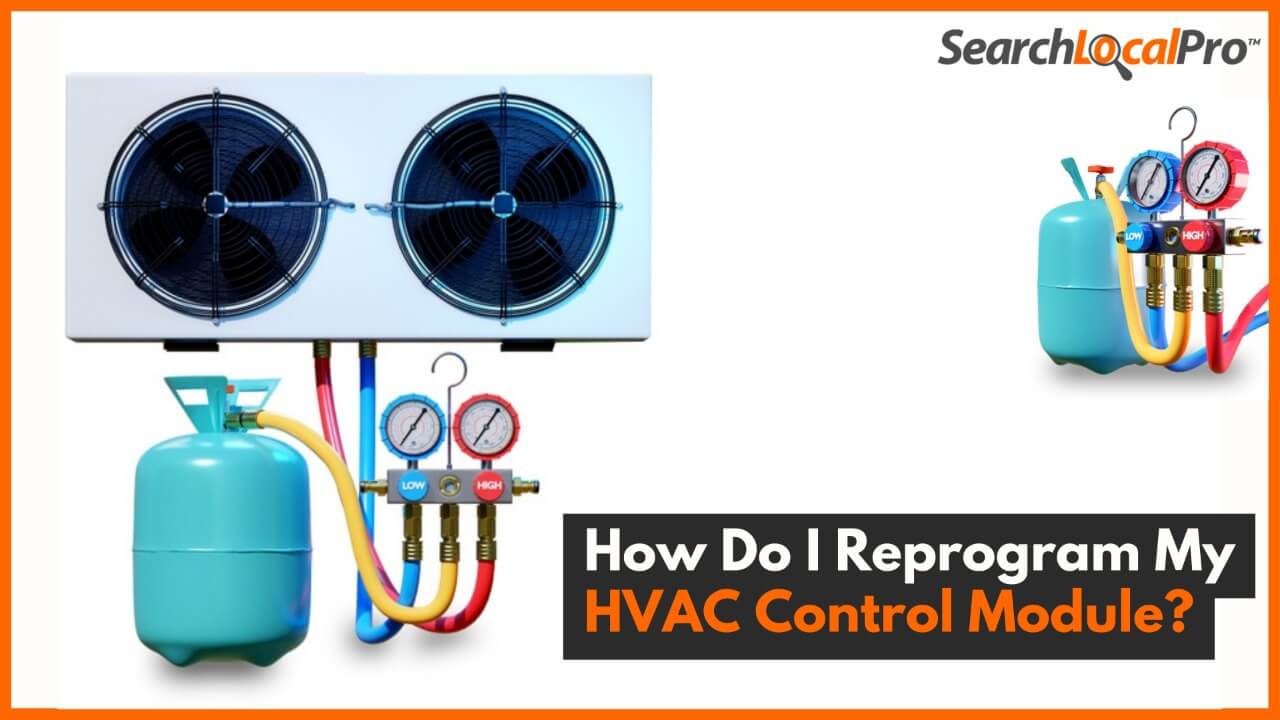In the fast-paced world of commercial food services, maintaining a functional refrigeration system is critical. Whether you’re running a restaurant, grocery store, or any business that relies on refrigeration, neglecting maintenance can lead to inefficiencies, equipment breakdown, and spoiled inventory. This article provides a comprehensive commercial refrigeration maintenance checklist to ensure that your system operates at peak efficiency, prolongs its lifespan, and prevents costly repairs.
What is Commercial Refrigeration Maintenance?
Commercial refrigeration maintenance refers to the regular and systematic inspection, cleaning, and servicing of refrigeration systems to prevent malfunctions and ensure optimal performance. It involves checking critical components such as fans, coils, refrigerant levels, and door seals, among other tasks. Preventive maintenance not only extends the lifespan of your refrigeration equipment but also ensures food safety and energy efficiency.
Tasks You Should Include In Your Preventive Maintenance Checklist for Commercial Refrigeration
1. A Thorough Equipment Clean
Cleaning is the cornerstone of commercial refrigeration maintenance. Dust, dirt, and debris buildup can reduce the efficiency of your system, cause overheating, and even damage sensitive components. Regularly clean both the interior and exterior of the refrigeration units, including shelves and gaskets.
2. Temperature and Defrost Settings Check
Proper temperature control is essential for preserving food quality and preventing spoilage. Ensure that the thermostat is set to the correct temperature for your stored goods. Also, verify that the defrost cycle is working correctly to avoid ice buildup, which can compromise efficiency.
3. Boost Your Airflow
Airflow plays a critical role in keeping your refrigeration system running efficiently. Ensure that nothing obstructs vents, and make sure fans are working properly to facilitate consistent cooling. Poor airflow can result in uneven temperatures and strain the system.
4. Test the Interior Lights
Non-functioning interior lights can be a sign of electrical issues. Regularly test the interior lights to make sure they are operational, as malfunctioning lights may indicate wiring problems or faulty bulbs.
5. Check for Leaks and Test Seals
Inspect door seals (gaskets) for wear and tear. Faulty seals allow warm air to enter, causing the unit to work harder and increasing energy consumption. Also, check for refrigerant leaks, which can severely impact the system’s cooling ability.
6. Inspect Coils
Dirty coils force the refrigeration system to work harder, leading to higher energy costs and eventual system failure. Regularly inspect and clean both evaporator and condenser coils. Dirty condenser coils can cause the compressor to overheat, while dirty evaporator coils can lead to ice formation.
7. Inspect Fan Blades
Fan blades are vital for circulating cold air throughout the unit. Dust or damage to the fan blades can reduce efficiency, increase noise, and cause cooling problems. Clean and inspect the blades regularly to ensure smooth operation.
Commercial Refrigeration Maintenance Checklist
Here is a detailed checklist that every business should follow to ensure their refrigeration system is in optimal working condition:
- Clean Coils: Both evaporator and condenser coils should be cleaned to maintain efficiency.
- Check Door Seals: Inspect for any wear and tear, and ensure seals are tight to prevent energy loss.
- Clean Drain Lines: Remove any blockages to prevent water buildup and leaks.
- Check Electrical Connections: Inspect wiring and electrical components to prevent potential failures.
- Inspect Compressor: Ensure the compressor is functioning properly and not making unusual noises.
- Check Refrigerant Levels: Ensure refrigerant levels are adequate for optimal cooling.
- Temperature Check: Verify the internal temperature is consistent with set parameters.
- Check Hinges for Tightness: Ensure that doors close tightly to maintain the internal temperature.
- Clean Fan Blades: Keep fan blades free from dirt to ensure proper airflow.
- Replace Air Filters: Replace air filters regularly to maintain clean airflow.
- Test Thermostats: Ensure thermostats are functioning properly to control the temperature.
- Check Defrost Timer: Ensure the defrost system is working as it should to prevent ice buildup.
- Check Suction Line Insulation: Inspect insulation for wear and tear.
- Clean Tubes and Drain Pans: Regularly clean to prevent blockages and overflow.
- Oil Motors: Lubricate motors if oil ports are available.
- Check Drains for Blockages: Ensure all drains are clear of debris to avoid water damage.
- Lubricating Moving Parts: Keep moving parts lubricated to avoid friction and wear.
- Boost Your Airflow: Check that vents are unobstructed and fans are working.
- Check Interior Lights: Ensure lights are functioning properly for safety and convenience.
- Check Refrigerant for Leaks: Regularly inspect refrigerant levels and check for leaks.
- Clean the Evaporator Coil: Regular cleaning prevents ice buildup and maintains efficiency.
- Monitor the Thermostat Operation: Ensure the thermostat is accurate to avoid unnecessary energy consumption.
- Replace Filters: Change air filters to ensure proper airflow and indoor air quality.
The Importance of Preventive Maintenance
Preventive maintenance is crucial to ensure that your commercial refrigeration equipment operates efficiently and reliably. Regular maintenance helps prevent unexpected breakdowns, which can lead to costly repairs and downtime, especially in high-demand environments like restaurants or grocery stores. Well-maintained refrigeration systems also consume less energy, which can significantly reduce operational costs. Additionally, keeping the system in good condition extends its lifespan, saving money on replacement costs. Preventive maintenance also minimizes food spoilage, helping businesses comply with health regulations and ensuring food safety.
Frequency of Maintenance
The frequency of preventive maintenance for commercial refrigeration systems can vary based on the environment and usage. Generally, it’s recommended to perform a full maintenance check at least every three to six months. However, in high-demand environments such as restaurants, grocery stores, or food processing plants, more frequent checks may be necessary. This ensures that all components, such as refrigerant levels, door seals, and condenser coils, are functioning optimally.
Challenges in Maintaining Commercial Refrigeration
Maintaining commercial refrigeration units can present several challenges. One major issue is detecting refrigerant leaks, which can be difficult without professional tools. Even a small leak can affect the system’s efficiency, leading to increased energy consumption and higher costs. Regular checks by a professional can help detect and fix these issues promptly.
Another common challenge is keeping up with regular cleaning, especially for condenser and evaporator coils. Dirt buildup on these components can severely impact the unit’s efficiency. Quarterly coil cleaning is recommended to maintain proper heat transfer and system efficiency
Door seals are also crucial for maintaining energy efficiency. Worn or damaged seals allow cold air to escape, forcing the system to work harder. Regularly inspecting and replacing seals can prevent this issue and maintain the unit’s cooling capacity. Ensuring proper airflow by not overloading shelves is another challenge that, if addressed, can help avoid uneven cooling and spoilage
Best Practices for Commercial Refrigeration Maintenance
- Set a maintenance schedule and stick to it.
- Hire professionals for regular servicing to avoid technical issues.
- Educate your staff about proper refrigeration use to reduce wear and tear.
FAQs
How to maintain commercial refrigeration?
Regular cleaning, inspecting components like coils and seals, and checking temperatures are crucial to maintaining commercial refrigeration systems.
What maintenance is needed for a refrigeration system?
Key maintenance tasks include cleaning coils, inspecting seals, checking refrigerant levels, and ensuring airflow.
How often should you service a commercial refrigerator?
Service your commercial refrigerator every 3 to 6 months for optimal performance.
What maintenance should be done on a refrigerator?
Routine cleaning, temperature checks, inspecting refrigerant levels, and checking for leaks are important tasks in maintaining a commercial refrigerator.
By following this commercial refrigeration maintenance checklist, businesses can prevent costly repairs, enhance efficiency, and keep their refrigeration systems running smoothly for years to come.




